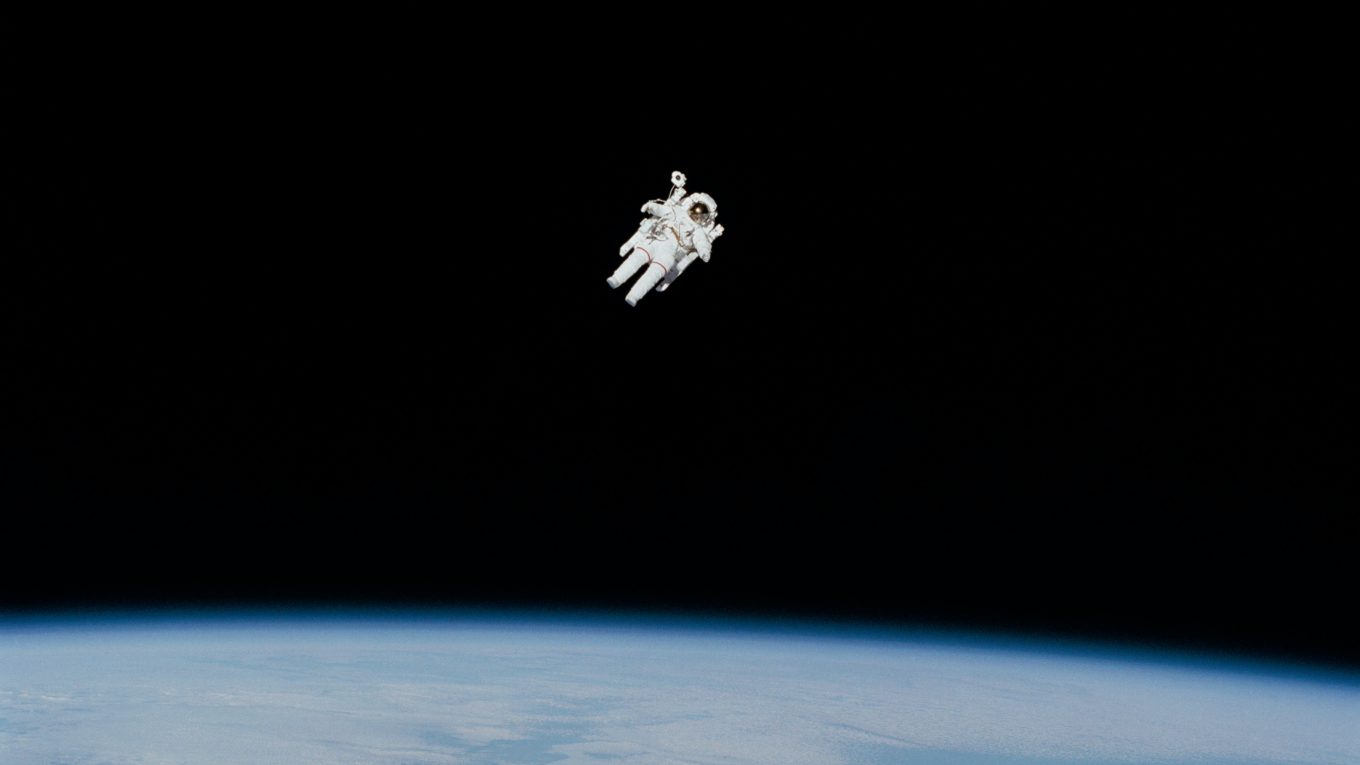The Race to Space- Who did What and When?
The race to space stands as one of the most iconic and defining chapters in human history. It represents the pinnacle of human curiosity, innovation, and collaboration, as nations vied to conquer the final frontier beyond Earth’s boundaries. This article takes a comprehensive journey through the history of space exploration, highlighting the key milestones and achievements of various nations in this exhilarating race.
HOW THE JOURNEY BEGAN
The journey to space began with the development of rocketry and theoretical groundwork laid by visionaries like Konstantin Tsiolkovsky, who formulated the rocket equation in the early 20th century. However, it was the culmination of World War II that provided a propulsion technology jumpstart, thanks to the German V-2 rockets. These rockets would later be instrumental in shaping the space ambitions of both the United States and the Soviet Union.
THE SOVIET BREAKTHROUGH
The Soviet Union marked the first monumental achievement in the race to space with the launch of Sputnik 1 on October 4, 1957. This historic event not only marked the birth of satellite technology but also showcased the Soviet’s lead in space exploration. Yuri Gagarin’s orbital flight aboard Vostok 1 on April 12, 1961, made him the first human in space, etching the Soviet Union’s name in history once again.
THE AMERICAN RESPONSE
The United States was quick to respond to the Soviet achievements, initiating Project Mercury to launch American astronauts into space. Alan Shepard’s suborbital flight aboard Freedom 7 marked America’s entry into manned spaceflight on May 5, 1961. The following years witnessed John Glenn’s orbital flight and the establishment of NASA’s Gemini program, which paved the way for longer-duration missions and spacewalks.
THE APPOLO TRIUMPH
The iconic Apollo program is often considered the zenith of the race to space. On July 20, 1969, NASA’s Apollo 11 successfully landed the first humans on the moon, with Neil Armstrong and Buzz Aldrin becoming household names. This remarkable feat demonstrated the United States’ ability to achieve audacious goals in space exploration.
COLLABORATIVE STEPS
As the rivalry between the United States and the Soviet Union simmered, the spirit of collaboration began to take root. The Apollo-Soyuz Test Project in 1975 saw a historic docking of American and Soviet spacecraft, symbolizing a thaw in Cold War tensions. This cooperation laid the groundwork for international partnerships in space exploration.
Space stations became the next frontier, with the Soviet Union launching the Salyut series and eventually the iconic Mir space station. Meanwhile, the United States established Skylab, followed by the International Space Station (ISS) in partnership with Russia, Canada, Japan, and European nations. The ISS stands as a testament to global collaboration in space exploration.
THE SHUTTLE ERA

The Space Shuttle program marked a new era in space exploration, with reusable spacecraft capable of deploying satellites, conducting experiments, and facilitating spacewalks. However, this era was not without challenges, exemplified by the tragic Challenger and Columbia accidents.
As the 21st century progressed, space exploration expanded beyond government agencies. Private companies like SpaceX, founded by Elon Musk, and Blue Origin, founded by Jeff Bezos, entered the scene, aiming to revolutionize space travel with reusable rockets and the dream of colonizing Mars.
RACE TO MARS

Mars has emerged as the ultimate destination for human exploration in recent years. NASA’s Mars rovers, including Spirit, Opportunity, and Curiosity, have provided invaluable insights into the Martian surface. Moreover, the UAE’s Hope Probe and China’s Tianwen-1 mission are among the recent efforts to explore the Red Planet.
THE NEW SPACE RACE
In the 21st century, the race to space has taken on a new form, characterized by commercial spaceflight and tourism. Virgin Galactic and Blue Origin are at the forefront of suborbital flights for civilians, offering a glimpse of space tourism’s future. Additionally, SpaceX’s successful Crew Dragon missions have reignited interest in human spaceflight.
FUTURE
As we gaze into the future of space exploration, numerous ambitious projects are on the horizon. NASA’s Artemis program aims to return humans to the moon and eventually pave the way for Mars exploration. The Gateway lunar space station is set to serve as a crucial hub for these endeavors.
Private companies continue to push the boundaries, with SpaceX’s Starship project designed for interplanetary travel and the colonization of Mars. Blue Origin envisions a future with millions of people living and working in space, fostering a new era of human expansion beyond Earth.
The race to space has been a remarkable journey that reflects the indomitable spirit of human exploration and innovation. From the early days of satellite launches to the historic moon landings and the ongoing quests for Mars and beyond, space exploration has captured the imagination of generations. The collaborative efforts of nations, combined with the ingenuity of private companies, have shaped the future of space travel and promise even more breathtaking achievements on the horizon.
